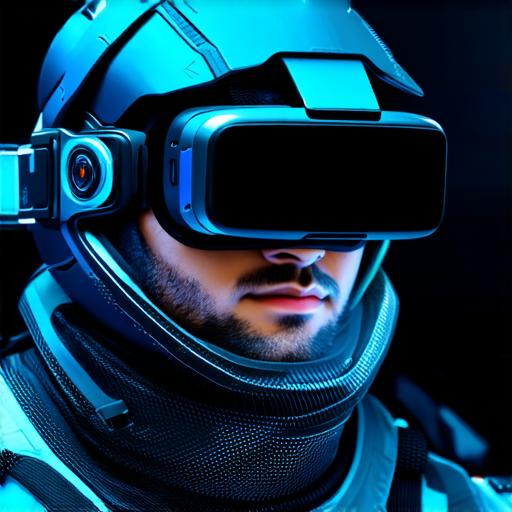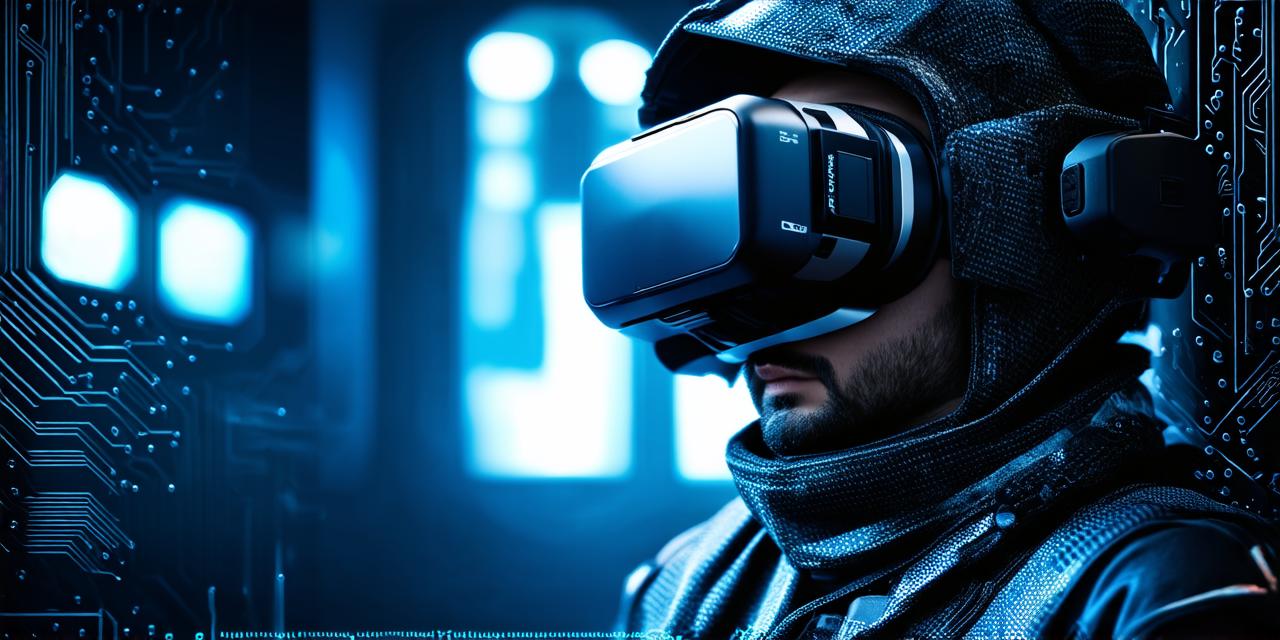Delve deeper into the captivating world of Virtual Reality (VR) development and uncover the intricate processes involved in creating immersive, engaging experiences. This guide will provide a comprehensive overview of the stages involved in VR development, from ideation to release, and explore various aspects that contribute to the creation of a successful VR project.
The Genesis of a VR Idea
Every groundbreaking VR project originates from an idea – a seed that germinates into a vision. This could be as elementary as a game concept or as elaborate as a virtual learning environment. As John Carmack, VR pioneer and co-founder of Oculus VR, puts it, “VR is not just about creating a digital world, but about crafting experiences that transport users to new realities.” The idea stage is crucial as it sets the foundation for the entire project. Developers must consider factors such as user needs, market trends, and technological capabilities when refining their ideas.

From Idea to Prototype
Transforming an idea into a tangible prototype involves several stages. First, the concept undergoes refinement, often through sketches or storyboards. These visual representations help developers communicate their vision more effectively and identify potential issues early on. Then, a team of developers begins constructing a rudimentary version of the VR experience using software such as Unity or Unreal Engine. This prototype serves as a foundation upon which the full VR experience will be built.
The Role of 3D Modeling and Asset Creation
A crucial aspect of VR development is 3D modeling and asset creation. These processes involve creating digital representations of objects, characters, and environments that users will interact with within the VR environment. Developers must ensure that these assets are not only visually appealing but also optimized for performance to maintain a smooth user experience.
The Significance of Testing
Testing plays a pivotal role in VR development. It enables developers to identify and rectify issues that might disrupt the user’s immersion. Regular testing also ensures that the VR experience is intuitive and effortless to navigate. User testing, in particular, is essential as it provides valuable feedback on the usability and effectiveness of the VR experience. Palmer Luckey, co-founder of Oculus VR, emphasizes, “VR is not about technology, it’s about people.” This sentiment underscores the importance of user testing in VR development.
Bringing It All Together: Polishing and Release
Once the prototype has been tested and refined, it’s time to polish the VR experience. This could involve adding high-quality graphics, enhancing sound design, or fine-tuning the user interface. After polishing, the VR experience is ready for release. Whether it’s on a VR headset like Oculus Rift or HTC Vive, or on a mobile device using Google Cardboard, the end result is an immersive, captivating experience that transports users to new realities.
FAQs
Q: What software is commonly used in VR development?
A: Unity and Unreal Engine are popular choices for VR development due to their powerful capabilities and extensive support for VR projects.
Q: How significant is user testing in VR development?
A: User testing is crucial in VR development as it allows developers to identify and fix issues that might disrupt the user’s immersion, ensuring a smooth and enjoyable experience for users.
In Summary
The voyage from concept to launch in VR development is a thrilling one, brimming with creativity, innovation, and problem-solving. As we continue to explore the limits of what’s achievable in VR, we unlock new realms of possibility for storytelling, education, and entertainment.
